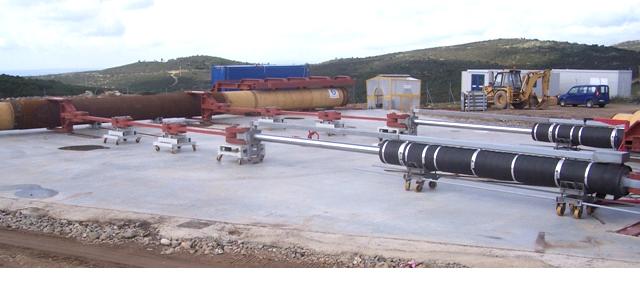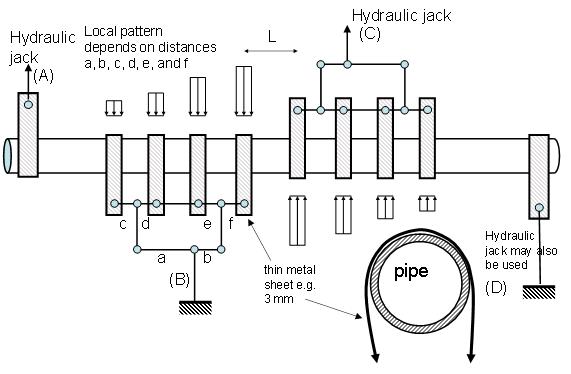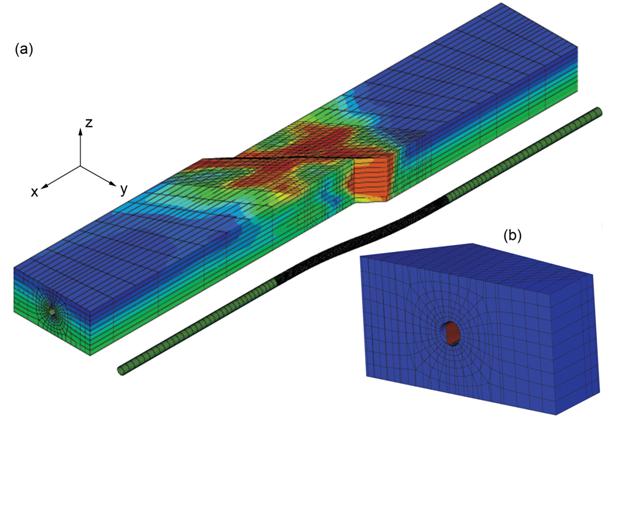Safety of Buried Steel Pipelines Under Ground-Induced Deformations– (GIPIPE)
Sponsor
European Commission
Program
RFSR-CT-20011-00027
Partners
University of Thessaly, Greece
Centro Sviluppo Materiali, Italy
University of Technology, The Netherlands
National Technical University of Athens, Greece
Corinth Pipeworks S.A., Greece
Tebodin Netherlands BV, The Netherlands
Objective
The GIPIPE research project investigates the mechanical behaviour and structural integrity of buried steel pipelines, subjected to severe ground-induced permanent action – including tectonic (quasi-static) effects, slope movements, and excavation-induced displacements – using advanced experimental techniques and high-performance numerical simulations. GIPIPE, through a multi-disciplinary partnership, combines geotechnical engineering concepts with pipeline engineering practice, considering the particularities of buried steel pipelines, with emphasis on soil-pipeline interaction effects. The final objective of GIPIPE is the development of a complete set of design guidelines and operational recommendations for buried steel pipelines, in areas where ground-induced actions are likely to occur. These novel guidelines will aim at:
- Including state-of-the-art experimental and numerical research that accounts for all the particularities of buried pipeline behaviour under various soil conditions in a rigorous manner, with particular emphasis on soil-pipeline interaction.
- Covering a wide range of transmission/distribution pipeline applications (oil, gas, water)
- Amending existing pipeline design standards or guidelines for the case of ground-induced actions in a strain-based design framework, and addressing different levels of pipeline serviceability.
- Large-scale experiments, supported by small-scale tests, to determine pipeline behaviour under various ground conditions and examine the interaction between the soil and the steel pipe.
- Development of rigorous models for describing soil (cohesive and non-cohesive) behaviour and soil-pipe interaction under various conditions, within a finite element environment, consistent with the experimental results, capable of examining the effects of a wide range of pipe and soil parameters.
- Determination of failure criteria for buried pipelines for different serviceability levels, in terms of pipeline importance, inspectability and type of content.
- Development of a well-calibrated analysis methodology for the simple and efficient stress analysis of buried pipelines, to be used for design purposes.
To achieve these objectives the following intermediate goals are targeted within GIPIPE project:
The main novelty of GIPIPE is the explicit consideration of the soil-pipeline interaction in buried pipeline behaviour, which is the key parameter to determine accurately pipeline behaviour subjected to geohazards. In this perspective, GIPIPE is expected to make a significant contribution within the RFCS programme.
The GIPIPE project consists of three (3) major parts (phases). Phase I consists of introductory work in WP1 (comparison between existing design methodologies; evaluation of available case studies), development of accurate models for soil material behaviour and soil-pipeline interaction under permanent ground-induced actions (WP2) and pipe specimen supply and characterization (WP3). Phase II comprises the experimental investigation of soil-pipeline interaction using small-scale and large-scale tests (WP4), as well as extensive nonlinear finite element simulations to investigate the effects of numerous ground and pipeline parameters (WP5). Finally, Phase III focuses on the main objective of the GIPIPE project: the development of an efficient design methodology in the form of guidelines, including design examples (WP6), which would incorporate all the experimental and numerical results from the previous WPs, and the dissemination of the results through a dedicated workshop.
Program Coordinator and Principal Investigator for U.Th.
Spyros A. Karamanos
Total Budget
1,821,293 Euros
U.Th. Budget
249,595 Euros
Duration
36 months (2011 - 2014)
Figures
Figure 1: Schematic representation of Normal and Reverse Faulting conditions; Fault box apparatus at NTUA for testing faulting loading on structures under various rupture angles.
Figure 2: CSM facility to perform the large-scale tests, simulating soil-pipeline interaction under horizontal (strike-slip) fault movement
Figure 3: Loading set-up for TU Delft experiments.
Figure 4: (a)Deformation of the pipeline-soil system after application of fault displacement; finite element results depict the von Mises stress. (b) Detailed view of fault displacement with detachment of pipeline from the soil.
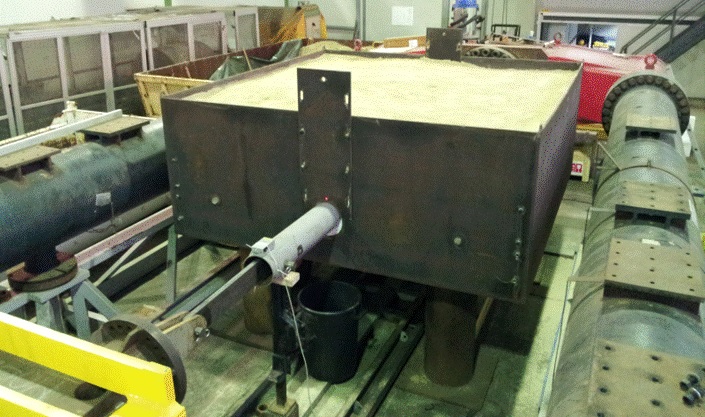
Figure 5: Test setup for the pull out tests conducted in CSM
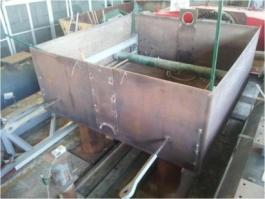
Figure 6: Test setup for the transverse tests conducted in CSM

Figure 7: Pressure sensor used for the transverse tests conducted in CSM
